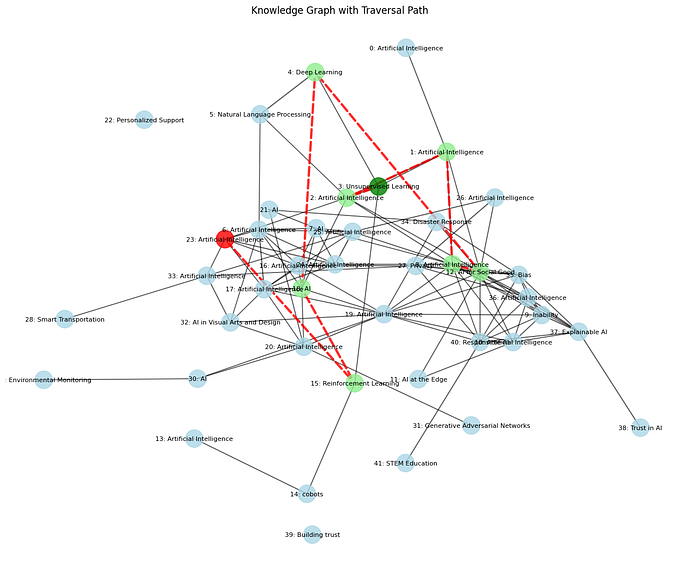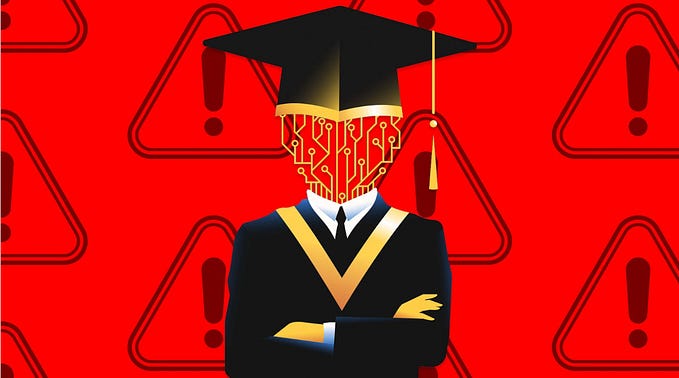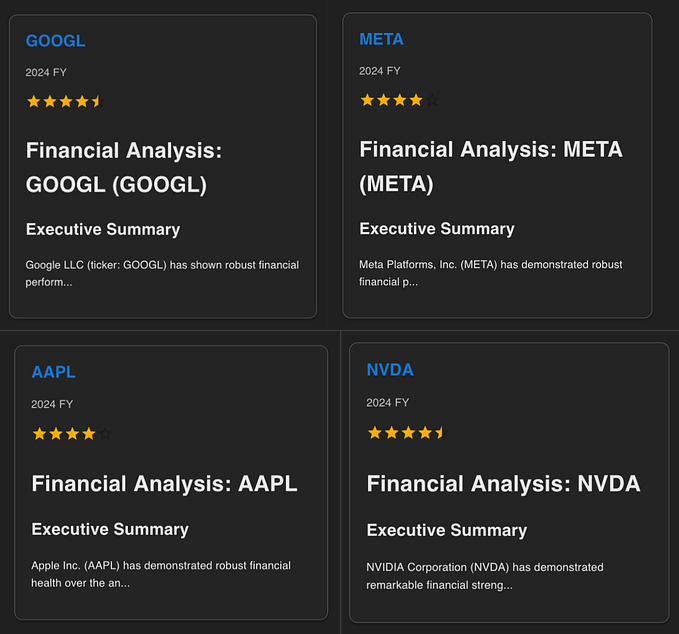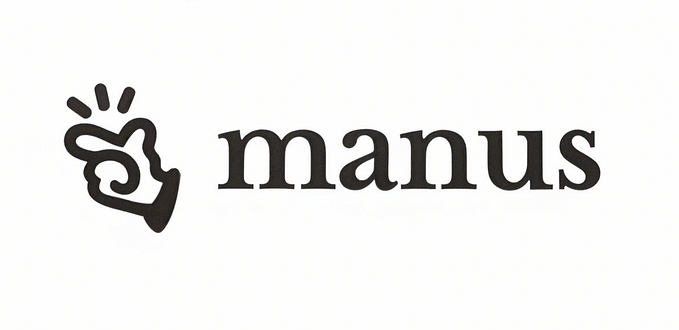Generative AI & HR: Our 33 Use Cases
[Article written on April 25, 2023, by Jeremy Lamri with the support of the Open AI GPT-4 algorithm for about 30%].

In the future of human resources, generative artificial intelligence will play a crucial role in transforming and improving the way companies manage their employees, recruit new talent, and optimize productivity in the workplace. Here are 33 probable use cases with which generative AI could shape the future of the HR function.
Recruitment and selection

Generative AI will have a significant impact on the recruitment and selection process by improving efficiency, accuracy, and speed.
a. CV analysis
Generative AI will be able to quickly and efficiently analyze thousands of CVs in just a few seconds, identifying key skills, experience, and training relevant to each position. For example, an AI could be trained to detect programming skills, foreign language proficiency, and academic achievements, and assign scores to candidates based on these criteria. This would allow recruiters to focus on the most qualified candidates and save valuable time.
b. Skills assessment
Generative AI will also be able to assess candidates’ technical and behavioral skills using simulations and online tests. For example, a candidate for a web developer position could be asked to solve a programming problem in real-time, while a candidate for a sales manager position could be assessed on their ability to negotiate a contract. The AI could analyze candidates’ performance, compare them to other candidates, and determine their suitability for the position.
c. Automated video interviews
Generative AI will also be able to facilitate automated video interviews by asking candidates questions and analyzing their responses in real-time. For example, an AI could ask behavioral questions such as “Tell me about a situation where you had to manage conflict at work” and use voice recognition and natural language analysis to evaluate the quality of the responses. This would allow recruiters to better understand candidates’ interpersonal skills and save time in the interview process.
d. Predicting candidate success
Generative AI will also be able to help predict candidate success once hired by using advanced algorithms and machine learning models to analyze historical employee data, such as performance, tenure, and job satisfaction. For example, an AI could determine if a candidate with similar experience to a current employee will likely succeed in a given position. This would allow companies to make more informed recruitment decisions and improve the quality of their hires.
e. Combating recruitment bias
Generative AI will also be able to help reduce recruitment bias by providing objective analysis and recommendations for each candidate. For example, an AI could analyze demographic data and candidate performance to ensure that recruiters do not unconsciously favor certain groups due to personal or cultural biases. This would help create a more equitable and inclusive recruitment process for all candidates.
Training and development

Generative artificial intelligence can play a major role in employee training and development by creating personalized learning programs and adapting training paths based on individual needs.
a. Adaptive training
Generative AI will be able to analyze employees’ skills, interests, and professional development needs to create tailored training paths. This means that an employee will receive specific training recommendations based on their current skills, career goals, and any potential gaps. For example, an employee working in graphic design might receive suggestions to improve their skills in digital illustration, typography, or user interface design.
b. Personalized learning
Generative AI will also be able to take into account individual employees’ learning preferences, recommending resources and learning methods suited to their style. An employee who learns better by listening to lectures might be recommended podcasts or webinars, while an employee who prefers interactive learning might be suggested workshops or simulations.
c. Real-time feedback
Generative AI will be able to provide real-time feedback to employees during their learning process, analyzing their progress and adjusting training paths accordingly. This will allow employees to receive constructive feedback and quickly adapt to improve their skills.
d. Identification of emerging skills
Generative AI will be able to analyze job market trends and skill needs to identify emerging skills and integrate them into training programs. This will allow employees to stay up-to-date and prepare for future changes in their field.
e. Virtual and augmented reality training
Generative AI can also be used to create immersive learning environments in virtual and augmented reality, offering employees the opportunity to practice their skills in realistic situations without the risks associated with real work. For example, an employee in the field of industrial maintenance could use a virtual reality headset to simulate repairs on a complex machine without risking costly damage.
f. Tracking and evaluating progress
Generative AI will also be able to track and evaluate employees’ progress over time, identifying areas in which they have succeeded and where they need more training. This will allow managers to better understand their employees’ skills and help them achieve their maximum potential.
Talent management

Generative AI will be able to help human resource managers identify employees with the potential to become leaders or experts in their field by analyzing their performance and detecting specific behavior patterns. This will allow companies to better manage their talent pipeline and invest more effectively in the training and development of future leaders.
a) Succession and career planning
Generative AI will be able to be used to determine the employees most likely to succeed in leadership or management roles by analyzing their skills, experience, and professional backgrounds. It will also help companies plan for the succession of key positions by identifying employees with the potential to replace current leaders and managers. This will enable a smoother transition and continuity of operations when current employees leave the company or retire.
b) Identifying hidden skills
Generative AI will be able to analyze employee data to identify hidden skills or interests that could be useful to the company. For example, an employee working in marketing might also have skills in programming or graphic design. By identifying these hidden skills, companies can leverage existing talent and offer new opportunities for employees to develop their skills and contribute to the company’s success.
c) Creating personalized development paths
Generative AI will be able to help companies create personalized development paths for employees based on their skills, interests, and professional ambitions. By identifying areas in which an employee excels and those in which they want to develop, generative AI will be able to suggest training, projects, or assignments that will help the employee achieve their professional goals. This will not only help employees feel more fulfilled and engaged in their work but also benefit companies with a more skilled and motivated workforce.
d) Forming interdisciplinary teams
Generative AI will also be able to help companies form interdisciplinary teams by identifying employees with complementary skills and diverse experiences. By forming teams with employees possessing a wide range of skills and expertise, companies will be able to approach projects and problems more creatively and innovatively, resulting in better outcomes for the company.
Performance evaluation

Generative AI will also help make performance evaluations more objective and accurate by analyzing employee performance data, such as the number of completed projects, customer feedback, and peer review results. This will enable managers to provide more constructive feedback and identify areas where employees can improve.
a. Analysis of goals
Generative AI can analyze the goals set for each employee and compare their results with these goals. By analyzing the gaps between the goals and the actual results, managers can better understand the areas in which employees excel and where they encounter difficulties. This will allow managers to provide more targeted feedback and establish individual development plans to help employees reach their potential.
b. Benchmarking performance
Generative AI will be able to compare employee performance with that of their peers or industry standards. This will allow managers to better understand how their employees compare to their colleagues or external benchmarks and identify areas where improvements or additional training may be needed.
c. Identifying skills and gaps
Generative AI will be able to analyze employee skills and compare them with those required for their current and future positions. This will allow managers to identify gaps in employee skills and offer appropriate training to fill them. Moreover, it will help employees better understand their strengths and weaknesses, contributing to their professional development.
d. Tracking progress and achievements
Generative AI will be able to track and analyze employee progress over time, taking into account their achievements, promotions, and position changes. This will allow managers to recognize employees who have demonstrated consistent improvement and reward them accordingly. Additionally, it will help employees visualize their growth within the company, thus reinforcing their motivation and commitment.
e. Analyzing peer and client feedback
Generative AI will be able to analyze feedback from peers and clients to identify trends and patterns in employee performance. This will allow managers to have a more comprehensive view of their employees’ performance, taking into account the opinions of their colleagues and the clients with whom they interact. This more holistic approach to performance evaluation will help identify areas for improvement and strengthen relationships within the team and with clients.
Employee engagement

Generative AI can help improve employee engagement by providing insights into factors that motivate or demoralize employees, such as benefits, career opportunities, or relationships with colleagues. This will enable companies to adapt their policies and practices accordingly, creating a more attractive and motivating work environment for employees.
a. Analyzing employee feedback
Generative AI will be able to analyze the results of internal surveys and individual interviews to detect trends regarding factors influencing employee engagement. This will allow companies to identify areas where improvements are needed and implement targeted initiatives to increase engagement.
b. Personalization of benefits
Generative AI will be able to analyze employee data and preferences to offer personalized benefits that meet the specific needs and expectations of each employee. This could include flexible time management options, tailored training programs, or internal mobility opportunities.
c. Recognition and reward systems
Generative AI will be able to help develop recognition and reward systems that take into account individual employee preferences and motivations. By identifying the types of rewards that are most appreciated and effective in encouraging performance and engagement, companies can create more attractive and stimulating reward programs.
d. Mentoring and career development
Generative AI will be able to identify employees who could benefit from mentoring or career development support. By pairing employees with appropriate mentors or offering them professional development opportunities, companies can strengthen employee commitment to their work and organization.
e. Analyzing relationships among colleagues
Generative AI will be able to analyze interactions between employees, such as email communications and collaborative projects, to determine the quality of relationships among colleagues and identify areas where improvements could be made. This will enable companies to create a more cooperative and harmonious work environment, which can enhance employee engagement.
f. Monitoring and improving corporate culture
Generative AI will be able to help monitor and evaluate corporate culture by analyzing data from various sources, such as internal surveys, meetings, and interactions between employees. By identifying positive and negative aspects of corporate culture, companies can implement changes to create a more attractive and engaging work environment for employees.
Employee well-being management

Generative AI can also assist companies in monitoring and promoting employee well-being by analyzing data related to work-life balance, stress levels, and job satisfaction. By identifying potential issues and suggesting solutions, generative AI can help create a healthier and more balanced work environment for employees.
a. Analysis of well-being data
Generative AI will be able to analyze data from various sources, such as employee surveys, manager feedback, and performance indicators. These analyses will identify trends and issues related to employee well-being, such as excessive stress, burnout, or lack of work-life balance.
b. Customized recommendations
Generative AI can also provide personalized recommendations for improving employee well-being. For example, it could suggest adjustments in work schedules to facilitate work-life balance or offer resources to help employees manage stress and build resilience.
c. Tailored well-being programs
Generative AI can help companies design and implement well-being programs tailored to the specific needs of their employees. For example, it could identify areas where employees need support, such as stress management, mental health, or physical health, and suggest appropriate programs and resources.
d. Real-time monitoring
Generative AI can perform real-time monitoring of employee well-being, analyzing data from various sources, such as internal communications, meetings, and performance reports. This will enable companies to quickly detect well-being issues and intervene before they worsen.
e. Burnout prevention
By analyzing data on workload, overtime, and stress levels, generative AI can help identify employees at high risk of burnout. Companies can then take measures to reduce workload, offer additional support, or provide rest periods to prevent burnout.
f. Return on investment (ROI) of well-being initiatives
Generative AI can also help companies measure the effectiveness of their well-being initiatives by analyzing the impact of these programs on employee satisfaction, retention, and productivity. This will enable companies to make adjustments based on results and invest in the most effective initiatives.
g. Early detection of mental health issues
Generative AI can help detect early signs of mental health issues in employees, such as depression, anxiety, or stress. By identifying these issues early, companies can offer appropriate support and help employees access the care they need.
Conclusion
Generative artificial intelligence has the potential to optimize, enhance, and streamline many HR processes. In this new horizon, companies will not only be able to attract and retain top talent but also help them realize their full potential by offering growth and development opportunities tailored to their needs. Employees, in turn, will be able to navigate a dynamic and stimulating work environment where their well-being and fulfillment are taken into account and valued.
Furthermore, the upcoming convergence between AI, VR, and blockchain invites us to rethink and redefine the future of human resources, fostering a culture of innovation, inclusion, and collaboration. Together, these technologies have the power to create a future of HR where businesses thrive, and individuals flourish, in harmony with the demands and opportunities of an ever-changing world.
As we venture into this new era, it is essential to embrace these disruptive technologies and recognize their potential to shape a more just, equitable, and human future for human resources while remaining extremely cautious about the multiplying ethical issues. By adopting this inspiring vision with awareness and responsibility, we can harness the full potential of technological convergence and build a better future for all.
[Article written on April 25, 2023, by Jeremy Lamri with the support of Open AI GPT-4 algorithm for about 30%].
— —

If you are interested in the combination of web 3 and HR, I invite you to subscribe to the dedicated newsletter that I keep writing on the subject, and to read the articles that I have written on the topic:









